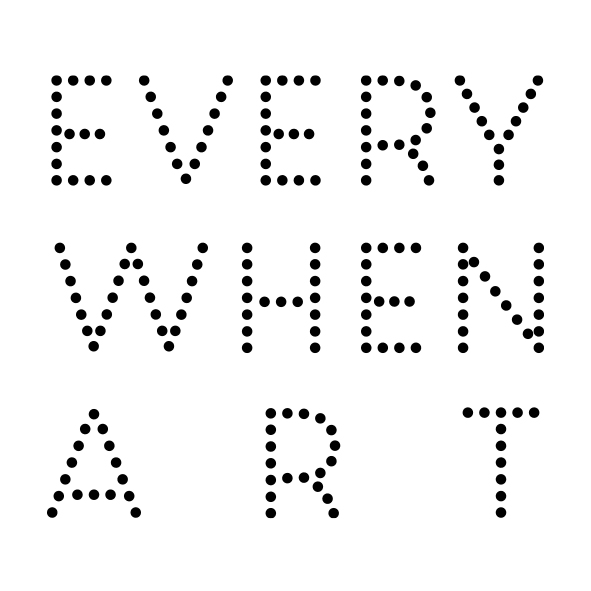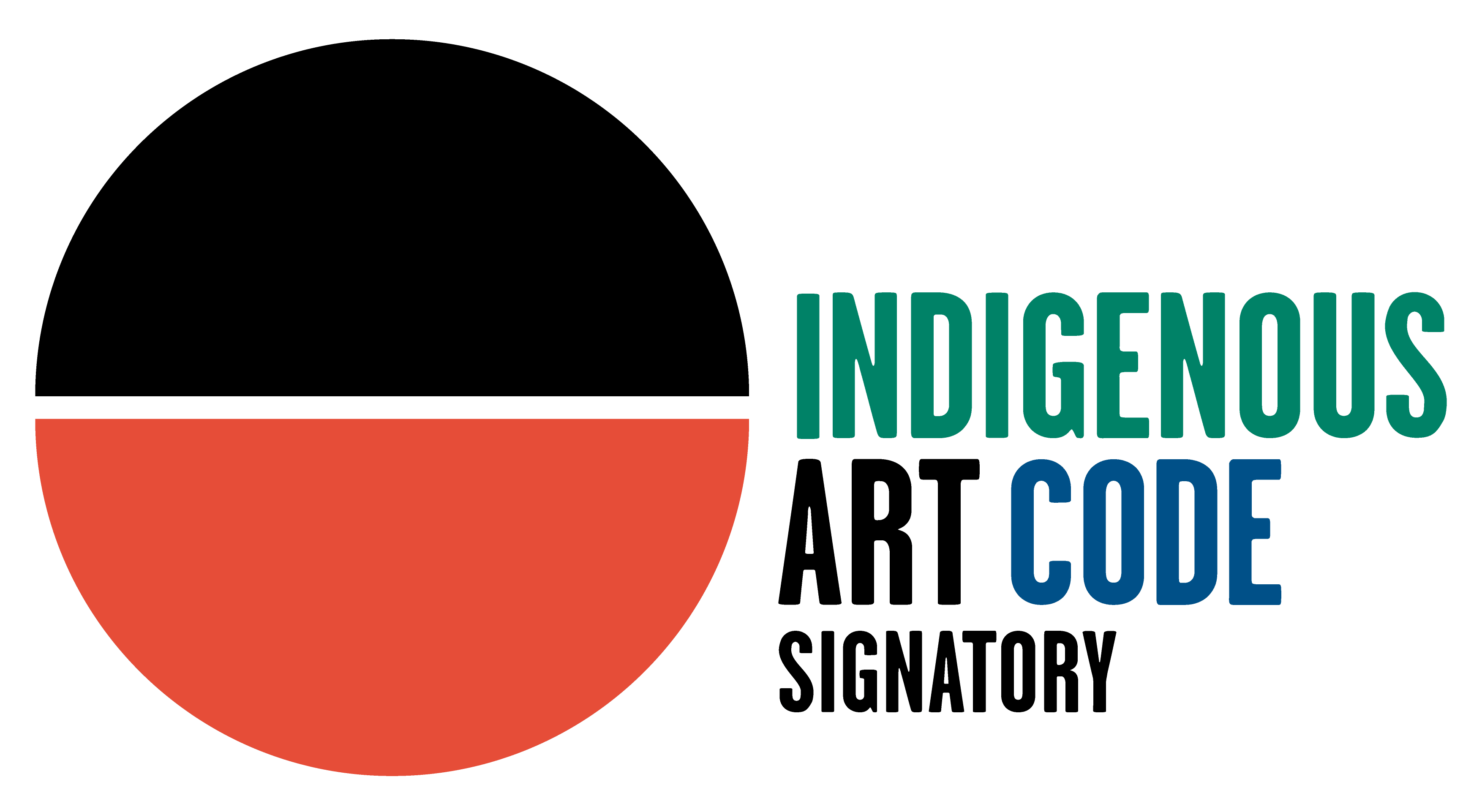Yilpirr Wanambi Yolngu, b. 1975
height 67 3/8 in
The designs on this larrakitj (memorial pole which traditionally receives the bones of a loved one some years after death once their spirit has returned to its originating reservoir) refer to the continuation of the Marrakulu clan’s culture in dance, song and ceremony, which are performed by current generations who have inherited this knowledge and culture from ancestral figures such as Wuyal the ancestral hunter of honey.
This story refers also to important Dhuwa moiety ancestors called the Wawilak sisters. Wuyal was the first man to look for any homeland for the Marrakulu people. He came to Gurka’wuy from the distant quarry at |ilibidji, in a search for native honey. His felling of the stringybark trees searching for honey also created the present day landscape. Wuyal founded other Marrakulu lands away from Gurka’wuy, Nhulunbuy for example that is now the site of a large mining town. He journeyed from Gurka’wuy travelling via Yuduyudu to Cape Shield, up to Trial Bay and along the course of the Goyder River until he came to Mt. Saunders (Nhulun). Travelling along with Wuyal, was Ganyt'jalala. These men are symbolic of the Märi-Guthara (maternal grandmother-grandchild) relationship which describes the relationship between Datiwuy and Marrakulu clans. Significant to this relationship is the fact that Datiwuy men give their daughter’s daughters away to Marrakulu men for marriage. Thus the two clans share an important relationship which involves reciprocal obligations.
Wuyal carried with him tools for hunting animals and for collecting wild honey or sugarbag. The dilly bag, Banduk, worn around his neck, was used to carry the sugarbag called guku. Wuyal used a stone axe, djalpa, to cut down trees in his search for sugarbag. He also carried a stone headed spear for hunting rock wallabies, Dulaku. The stone head of the spear, Guyarra and the axe are made from stone quarried at |ilipitji. The shaft of the spear is called Gundit. Also carried was galpu, a spearthrower. In their ancestral travels these men travelled alone without wives and conducted what was mens’ business in ceremony.
Wuyal’s ceremonial ground where he danced and conducted sacred ceremony, a place near Buffalo Creek and Mt. Saunders, is called Wandjipuy. The tools were also used in shaping the land. Trees cut down by Wuyal in the search for sugarbag, turned into rivers flowing with honey imbued water. The Gurka’wuy river was made in this way through a flood of honey carrying this sacred tree gouging its way to the sea. From here the water enters the tidal cycle which eventually carries the spirit passed ancient boulder statues of creation beings out of the massive Trial Bay to meet the grandchild oceanic waters of the Djapu clan.
From here the soul transmogrifies to water vapour to be taken up by the maternal cloud on the horizon which eventually gives birth to this life giving freshwater over the escarpment in the country described in this pole.Wuyal also named places by throwing his boomerang, Gunyalili, and giving names to the places where it fell to the ground. From Mt. Saunders he threw his Gunyalili and named a place called Gäluru in this way.
The painting on this larrakitj contains a design which indicates Stringybark blossom (dots) carried on the surface of rivulets of fresh spring water running through the rocky gorges in the hilly country behind Gurka’wuy known as Yanawal. It also refers to the boomerangs carried by Wuyal.
The sacred Stringybark tree which was cut by Wuyal and flowed with honey is named Wanambi. Obviously this is the surname of the artist. Bees are the creators of the honey from these flowers.
The continuum between the environment, the art and the sacred foundation of the Marrakulu is completed when the Marrakulu dance as bees in their ceremony elbows extended, hands clutching stringybark leaves which vibrate as wings.
SIGN UP TO OUR MAILING LIST FOR ALL THE NEWS
* denotes required fields
We will process the personal data you have supplied in accordance with our privacy policy (available on request). You can unsubscribe or change your preferences at any time by clicking the link in our emails.


